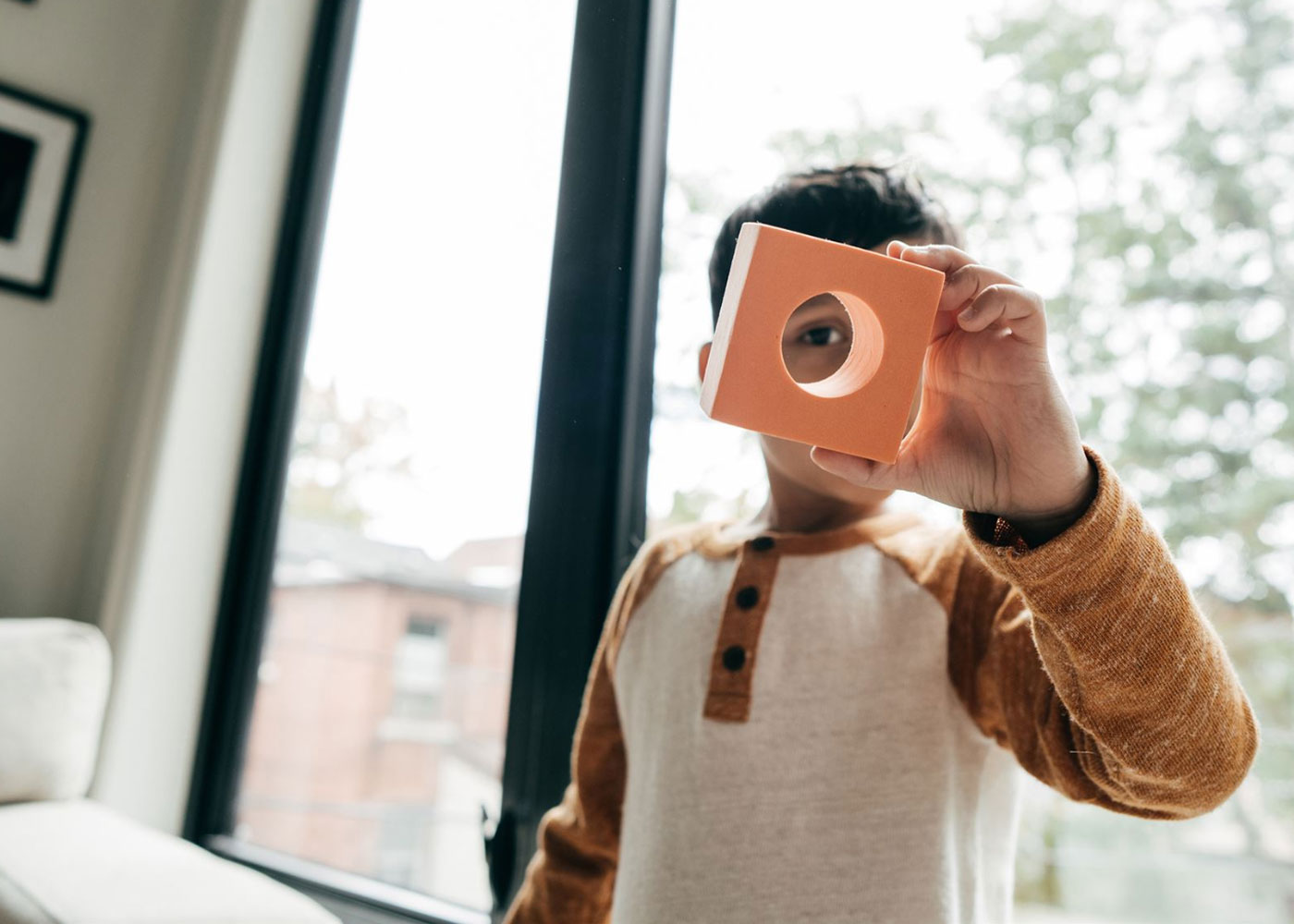These days, smartphones are powerful in video creation,
allowing users to produce professional-quality videos without the need of any
costly production tools. Regardless of your video purpose, your video quality
will improve significantly when you implement proper techniques. Below are some
essential guidelines to help you shoot better videos on your smartphone camera.
1. Use Proper Lighting
Lighting conditions play a huge role in the quality of
videos. The best results are achieved with natural outdoor lighting, so
photographers should seek golden hour periods in the morning or late afternoon
to get soft and attractive illumination. If you need to shoot inside, use
softbox lights or LED panels to avoid harsh shadows. The built-in phone flash
creates unflattering shadows and uneven illumination so avoid it.
2. Keep Your Lens Clean
Your smartphone camera’s lens is likely to pick up dirt and
fingerprints, affecting the video image quality. Before starting your recording
session, wipe your lens with the microfiber cloth to get sharp and clear video
content. Keeping a clean phone lens will give you an instant quality boost on
your video recordings.
3. Use a Tripod or Stabilizer
Amateur-looking footage created by unstable camera movements
damages your professional image. If you want steady video footage during scene
movement, you may want to consider purchasing a tripod or stabilizer or gimbal.
If you do not have a stabilizer then you can stabilize your phone with both
hands, keeping your elbows close to your body to minimize camera shake.
4. Record in the Highest Resolution
Most modern smartphones support high-resolution recording,
such as 4K or 1080p at 60fps. To achieve sharp images and detailed content, use
the highest available video resolution. The higher resolution gives better post-production options, as it allows for cropping and stabilizing at the desired
quality.

5. Use Manual Camera Settings
On your smartphone, you have both manual and "pro"
camera settings to allow users to adjust their ISO, shutter speed, and white
balance. Manual controls give you better control over video exposure as well as
visual appearance. If you have a Filmic Pro or similar app that offers
professional-level controls, the smartphone video recording experience can be
improved.
6. Focus and Adjust Exposure Manually
Auto focus and auto exposure in smartphones are there but
these functions don’t deliver the best results all the time. Focus locking can
be enabled by touching the subject on the display screen while manually
adjusting exposure to prevent brightening changes. Because manual exposure
adjustments prevent unexpected lighting changes, your video appearance remains
consistent.
7. Use an External Microphone
A good sound quality is as important as a good video
quality. The built-in microphone of your smartphone tends to pick up noises that
surround it and hence poor audio quality. An external microphone such as a lapel
mic or shotgun mic will increase the clarity of your audio recordings. Record
in places with least amount of background noise if external microphones are not
available.
8. Pay Attention to Composition
If you want to come up with visually attractive shots, basic
compositional rules like the rule of thirds can be followed. Don't place your
subject right in the middle of the screen, instead position your subject off of
the center point. Your shot must have good enough headroom and a balanced
composition to look professional. Have fun experimenting with different angles
with your cameras to add dimension and interest to your videos.
9. Plan Your Shots and Storyboard
Before you start recording video, the first thing you should
do is plot out how your video sequence is going to play. A shot list or
storyboard will help you to better organize your footage, and avoid the need
for a further shoot; simply consider what must be in the film in total, and
prepare a list of still images that will illustrate each scene. Camera
positions and movements should be planned alongside the shot in order to enact better
storytelling, that is, easier to follow for viewers.
10. Edit Your Footage
The raw footage has to be edited further to reach
professional standards. To transform your raw videos into professional-level
content, all you need to do is cut clips, use transitions, change the audio
and colors, etc. using video editing tools like Adobe Premiere Rush, iMovie,
Kinemaster or CapCut. When editing, you can fix mistakes, work on your
storytelling and produce a professional quality final product.
Conclusion
With the combination of the right techniques and equipment, a
smartphone can shoot high-quality footage. To achieve this, you must have
proper lighting techniques, and video stability while keeping. resolution, audio and
composition standards. Whether you are a beginner or an experienced
videographer, looking to get the best out of your smartphone camera, these
guidelines will help you.


